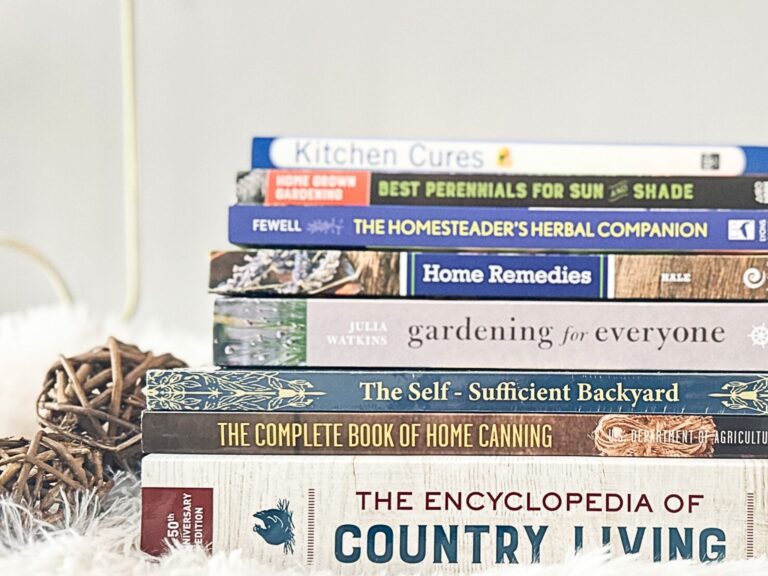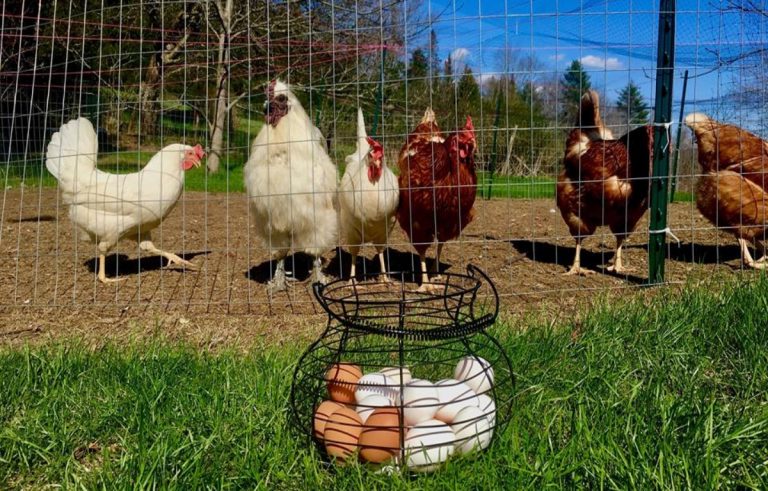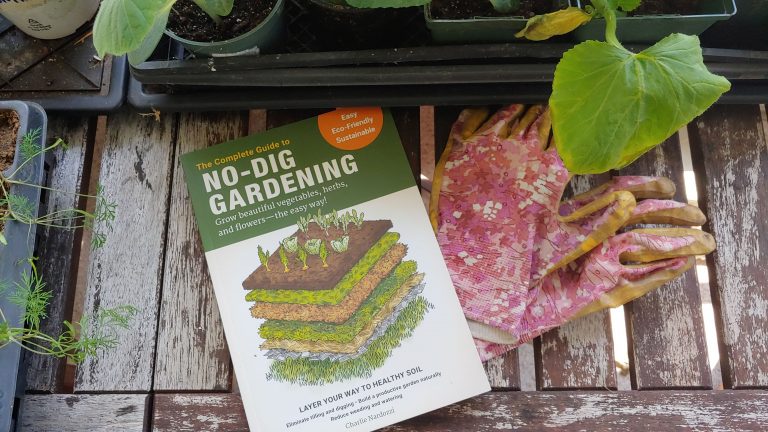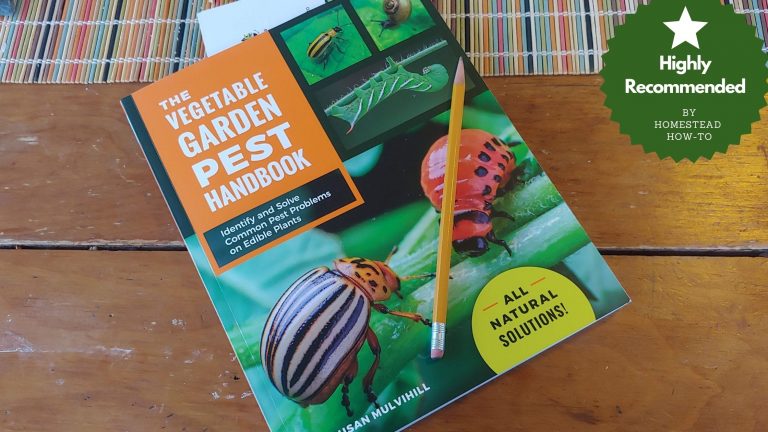This post may contain affiliate links.
We were excited to receive a review copy of the new Fire Cider! book from Storey Publishing so that we could share the excitement with you!
The timing couldn’t be more perfect for the release of Rosemary Gladstar’s new book Fire Cider: 101 Zesty Recipes for Health Boosting Remedies Made with Apple Cider Vinegar. After a long battle in the courts, Gladstar and her colleagues in herbal medicine won the argument that fire cider falls under the “traditional not trademark” category. In short, a company can not trademark the name “fire cider” and keep you from using it on your bottle at home or the bottle that an herbalist sells to their clients.
When I asked Gladstar about the significance of this win, she was quick to point out that it was not just about fire cider. “While this case was important for fire cider,” she noted, “it was really a landmark case for all of our traditional herbal recipes and remedies. This case sets a precedent and will make it far harder for companies to swoop up traditional shared herbal remedies.”
You can read more about their 5-year battle to keep this traditional recipe and name open on their website, Free Fire Cider. And you can learn to make your own fire cider with this new book!

offers over 100 recipes for Fire Cider Variations from contributing herbalists!
Let’s start with some basic info on fire cider…
What is fire cider?
In short, fire cider is a name given to an herbal remedy that combines readily available kitchen ingredients with apple cider vinegar. The remedy is often tauted as a cold and flu tonic, like the recipe we share here, but it can also be specified to address a number of other ailments.
Rosemary Gladstar first used the term “fire cider” in the 1970’s when teaching in the California School of Herbal Studies. Gladstar, who now runs the Sage Mountain Herbal Retreat Center in Vermont, lays no claim to the name and is happy to share it with other herbalists. She believes that no herbal formula is truly unique or original because they are derived from centuries of tradition and experimentation.
About the Fire Cider! Book
While Rosemary Gladstar is the primary author of the Fire Cider book, her name is quickly followed by “and friends.” Showing the true spirit of herbal medicine, Gladstar has produced this book with a community of friends who contributed creative recipes to the text.
Don’t skip the introduction to this book – it offers a concise and intriguing look into history of fire cider and its current (re)volution. Likewise, Chapter One teaches you a great deal about the star ingredient: Apple Cider Vinegar. This history begins with references in biblical times, and lands with modern day roots in Vermont Country Medicine.
These chapters will take you just a few minutes to read, but contain some of the most important lessons for someone who wants to use the recipes contained in later chapters.
The recipes that follow are a wealth of information, freely shared by herbalists across the country and globe. Not only does the book include many variations on traditional fire cider, it also includes other cider vinegar remedies for everything from skin care and bug repellent to calcium tonic and allergy ease. Personally, I am excited to try a couple of the recipes that deal with joint care and inflammation (bring on the turmeric!).
As an added bonus, the last chapter of the book provides all sorts of recipes to add fire cider to your home cooking! Fire cider hummus, anyone? Or sweet glazed fire cider potatoes? Yes please!
BONUS: Want to Win a FREE COPY of this BOOK?
Enter our Instagram Giveaway by November 10, 2019!!!
Getting Started with Fire Cider
I asked Rosemary Gladstar where a beginner who picks up this book should start, and she offered some great advice:
I WOULD MOST DEFINITELY SAY TO START BY MAKING FIRE CIDER. ITS AS SIMPLE AS 1,2,3… so simple, easy and fun to make. All the ingredients are readily available in your garden or grocery store. See pages 26-27 for the original recipe. Next, try making the Fire Cider Chutney with the ‘mark’ or left over ingredients from making fire cider. You just add the herbs after you’ve strained them from the vinegar to a food processor, add a little more honey and a small amount of the fire cider liquid and blend it all together until smooth and creamy. Viola! You have a super fiery, sweet, pungent sauce to use on veggies, grains and meat dishes. See page 154 for recipe.
Our Conclusion
We wholeheartedly recommend Fire Cider! for our homesteading audience. Not only does it offer a great set of recipes, but it the background it includes is interesting and valuable.
If you are interested in helping your family to be healthier using real, natural ingredients, this book is a great place to start. If you have never made fire cider before, it is a reliable, informed resource. If you have made fire cider, and want to push the boundaries on your recipes and methods, it is a great book for going further.
This book is also a great visual treat. From the alluring cover that sparkles with gold stars to the engaging and colorful illustrations, every page has something that catches your eye. This beautiful presentation makes the book a great gift, too! I will likely be purchasing a copy for a certain sister-in-law who has to fight germs every day as an elementary school teacher!
Thank you to Storey Publishing and Rosemary Gladstar for working with us to share this review. We hope you add this book to your library and enjoy it’s benefits for years to come!

Carrie Williams Howe is an educational leader by day and an aspiring homesteader by night and weekend. She lives on a small homestead in Vermont with her husband, two children, and a rambunctious border collie. She blogs about her family's homestead life at The Happy Hive.







